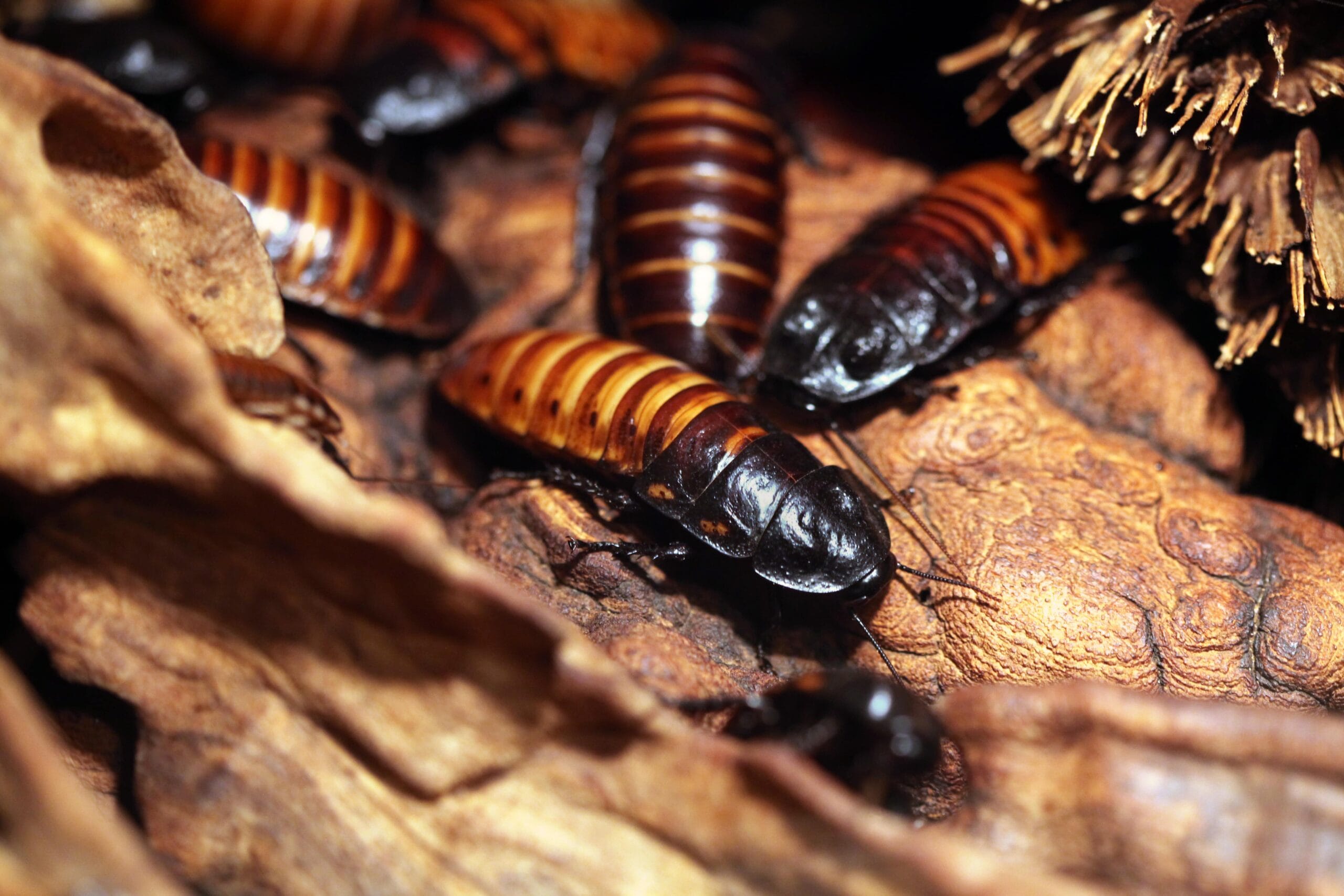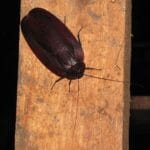Prepare to be amazed as we journey into the fascinating world of the largest cockroaches! These often-misunderstood creatures have a secret giant among them – a creature that redefines “creepy crawly.” Venture with us into the lush rainforests of South America to meet Megaloblatta longipennis, the world’s longest cockroach. Its name hints at its impressive features – exceptionally long wings that contribute to its remarkable size. But this cockroach isn’t just big; it plays an important role in its ecosystem. Join us as we uncover the secrets of Megaloblatta longipennis and explore its surprising world.
The Undisputed Champion of Size
In the world of cockroaches, size certainly matters, and Megaloblatta longipennis reigns supreme. This giant insect, hailing from the rainforests of South America, holds the title of the world’s largest cockroach species, according to the Guinness World Records. But what makes this cockroach so remarkable?
Imagine a cockroach stretching out to nearly 4 inches long – that’s longer than a credit card! And that’s not all. Megaloblatta longipennis boasts an impressive 8-inch wingspan, meaning it could practically cover your entire hand! These dimensions set it apart from its smaller, more commonly encountered relatives.
Decoding the Name: Megaloblatta Longipennis
The scientific name Megaloblatta longipennis is as descriptive as it is impressive. “Longipennis” comes from the Latin words for “long” and “feather,” which in the insect world, usually translates to “wing.” So, “longipennis” fittingly means “long-winged.” This descriptive name perfectly captures the insect’s most remarkable feature: its extraordinarily long wings. These wings aren’t just for show; they allow Megaloblatta longipennis to navigate the rainforest canopy with surprising grace, gliding from tree to tree.
A Gentle Giant: Behavior and Ecology
Before you get nightmares about giant roaches invading your home, take a deep breath. Despite its imposing size, Megaloblatta longipennis is a gentle giant. This rainforest dweller is more interested in munching on decaying plants than causing trouble in your pantry. In fact, these large cockroaches play a crucial role in their ecosystem. As natural recyclers, they break down organic matter and contribute to a healthy rainforest ecosystem.
Instead of biting, Megaloblatta longipennis defends itself with a hissing sound called stridulation. Picture a tiny insect version of a snake’s warning rattle—that’s essentially what this roach does by rubbing its body parts together. This defense mechanism, along with its rainforest habitat, means you’re unlikely to encounter this gentle giant in your home.
Other Contenders: A Look at the Top 5 Largest Cockroach Species
While Megaloblatta longipennis takes the crown for the largest, other impressive species share the spotlight:
| Rank | Species | Body Length | Wingspan | Habitat | Distinguishing Features |
|---|---|---|---|---|---|
| 1 | Megaloblatta longipennis | 3.8 inches | 8 inches | South America | Longest cockroach; exceptionally long wings |
| 2 | Macropanesthia rhinoceros | 3.3 inches | 6 inches | Australia | Heavy-bodied; longest-living cockroach species |
| 3 | Gromphadorhina portentosa | 2.9 inches | 5 inches | Madagascar | Hissing cockroach; popular pet species |
| 4 | Blaberus giganteus | 2.7 inches | 4.5 inches | South America | Large size; known for gliding abilities |
| 5 | Eurycotis floridana | 2.5 inches | 4 inches | Southeastern US | Large size; prefers outdoor habitats |
As you can see, the world of cockroaches extends far beyond the common household pests we often encounter. These fascinating creatures, with their impressive size and unique adaptations, remind us that even the creepiest crawlies can have their own importance in the grand scheme of nature.
Megaloblatta Longipennis: More Than Just a Meme
You might have encountered Megaloblatta longipennis in the world of internet memes – often used to express shock or disgust for something unbelievably large or unsettling. While this digital fame might seem humorous, it highlights the captivating nature of this giant insect. Megaloblatta longipennis, with its impressive size and unique features, has secured its place not just within its ecosystem but also in our collective fascination with the natural world.
Did you know that the Latrodectus bishopi is one of the most venomous spiders in the world? Also, the lion has the second-strongest bite force of any big cat.
- Crypto Quotes’ Red Flags: Avoid Costly Mistakes - June 30, 2025
- Unlock Inspirational Crypto Quotes: Future Predictions - June 30, 2025
- Famous Bitcoin Quotes: A Deep Dive into Crypto’s History - June 30, 2025
















